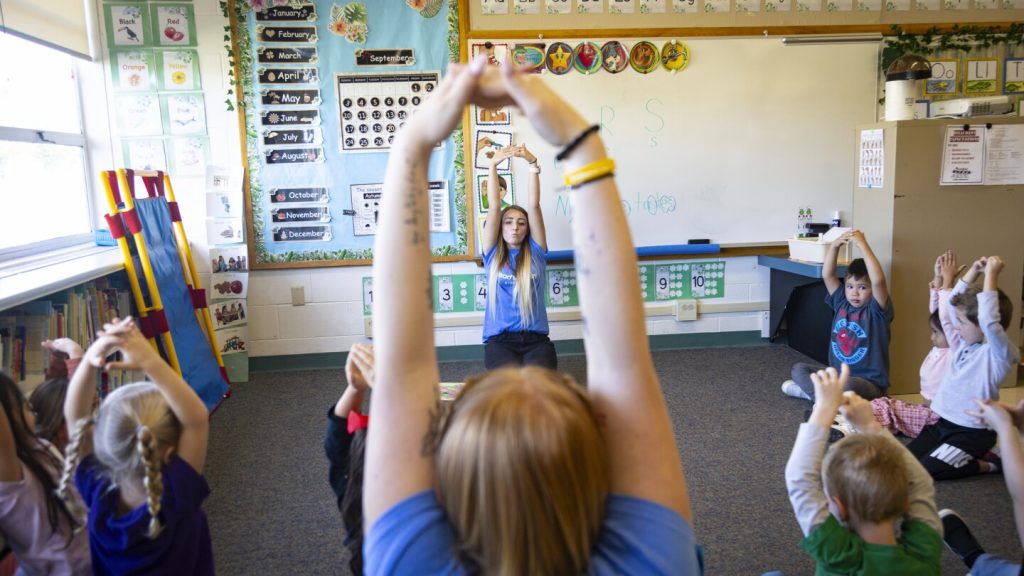The expansion of early learning programs in the U.S. is providing families with a variety of preschool options. Some states are allocating funding towards private preschools and child care centers, while others are integrating preschool into the public school system. Additionally, certain cities are implementing their own universal preschool programs. In the 2022-2023 school year, record numbers of 4-year-olds and 3-year-olds were enrolled in public preschools. This increasing access to high-quality preschool has numerous benefits, especially for children from low-income households.
Research shows that high-quality preschool can better prepare children for kindergarten, reduce the likelihood of needing special education services or repeating a grade, and provide long-term benefits such as lower incarceration rates and improved health outcomes. With more families having access to preschool options, it’s essential to choose the right program. When deciding on a preschool, parents should consider taking a tour to observe the interactions between adults and children, the state of the facilities, and the overall quality of care provided. Red flags to watch out for include disorganized learning spaces.
Parents should inquire about the training requirements and compensation for teachers, as well as the curriculum used at the preschool. Many preschool teachers have bachelor’s degrees or child development certifications, similar to K-12 teachers. A developmentally appropriate curriculum should emphasize social-emotional learning, in addition to academics. While some preschools may advertise specific educational philosophies, it’s more important that the program has a comprehensive learning plan. Families should outline their priorities, such as hours and cost, when choosing a preschool that best meets their needs.
Families should also explore assistance programs that could help cover the cost of preschool, as many qualify for free preschool or child care subsidies. Public preschool and child care assistance programs have been expanded in many areas, offering support to families in need. It’s essential to check the licensing of preschool programs to ensure they meet health, safety, and staffing requirements. Some states offer additional accreditation or rating systems for preschools that go beyond minimum licensing standards. Ultimately, finding the right preschool involves assessing individual priorities and choosing a program that aligns with the family’s needs and values.















